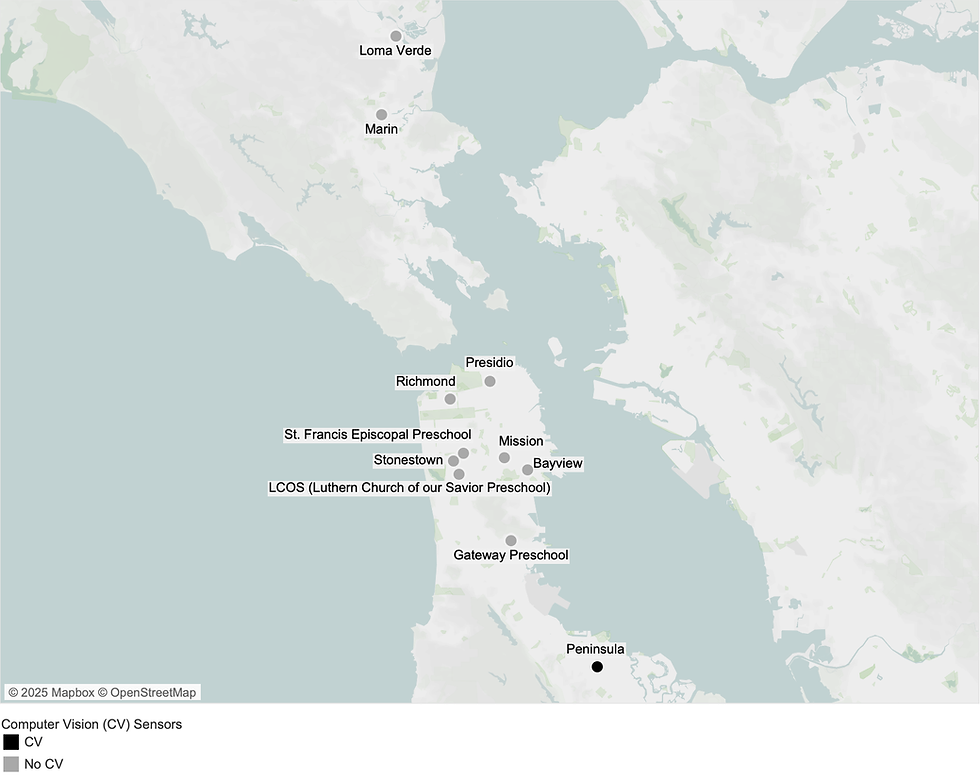The Future of Spatial Intelligence
- Signo Uddenberg

- Feb 2, 2021
- 2 min read

Our environments impact how we think, feel and act. From the air we breathe to the colors of the walls, it all matters. And that's why "spatial intelligence" is an important and emerging field.
What is Spatial Intelligence?
The understanding, measurement and connection of the physical, "spatial", world to outcomes in other areas we care about, such as human cognition, environmental sustainability and so forth.
Through Spatial Intelligence we are trying to understand how air temperature in a room can impact a student's performance on an exam. How a sequence of different environments can make a person feel calmer. How the color green in a patient's room can accelerate recovery times. How ceiling fans can create more comfortable thermal environments than air conditioning while saving energy resources. And more.
How do we do Spatial Intelligence?
Spatial intelligence starts with curiosity. How can we create an environment that makes people feel more energetic, for instance? We review the research that already exists and ask how we might apply their findings in the real world. We then look for existing examples that we might be able to measure to prove their impact, or we might setup a test case to measure. We think of ways to measure the results, whether through observation or via sensors that we can deploy to collect data over time. We study the results and make adjustments until the environments are achieving the desired goals. And then we continue to measure to ensure the results continue over time.
For instance, we were once asked to create the "Heart Beat of a Campus". Their student center was supposed to be that heart beat, but somehow it didn't feel like it was achieving its goal. The first question: What defines the heart beat of a campus? They answered that it's a place all of the students come regularly. So we decided to measure how many students came to the student center how often. What did we find? Less than 20% of the students came to the student center in any given week. This gave us a starting point to redefine what the right amount of students would be, and then to make adjustments until that number was achieved. We used a range of sensors and spatial programming techniques to achieve the goal. That's a nice example of Spatial Intelligence: re-strategizing a space to achieve its intended goals over time.
For more info, please contact us.




Comments